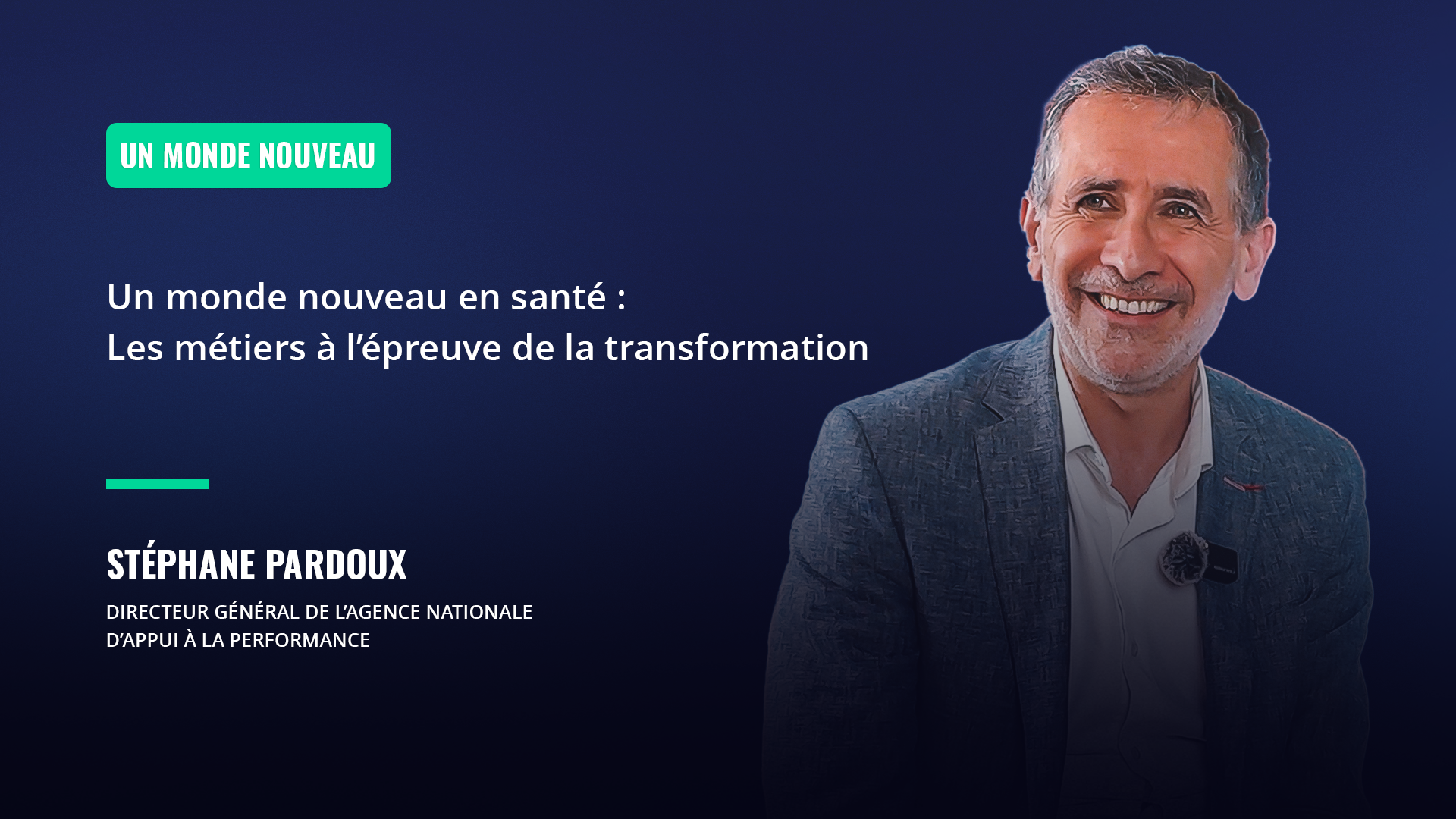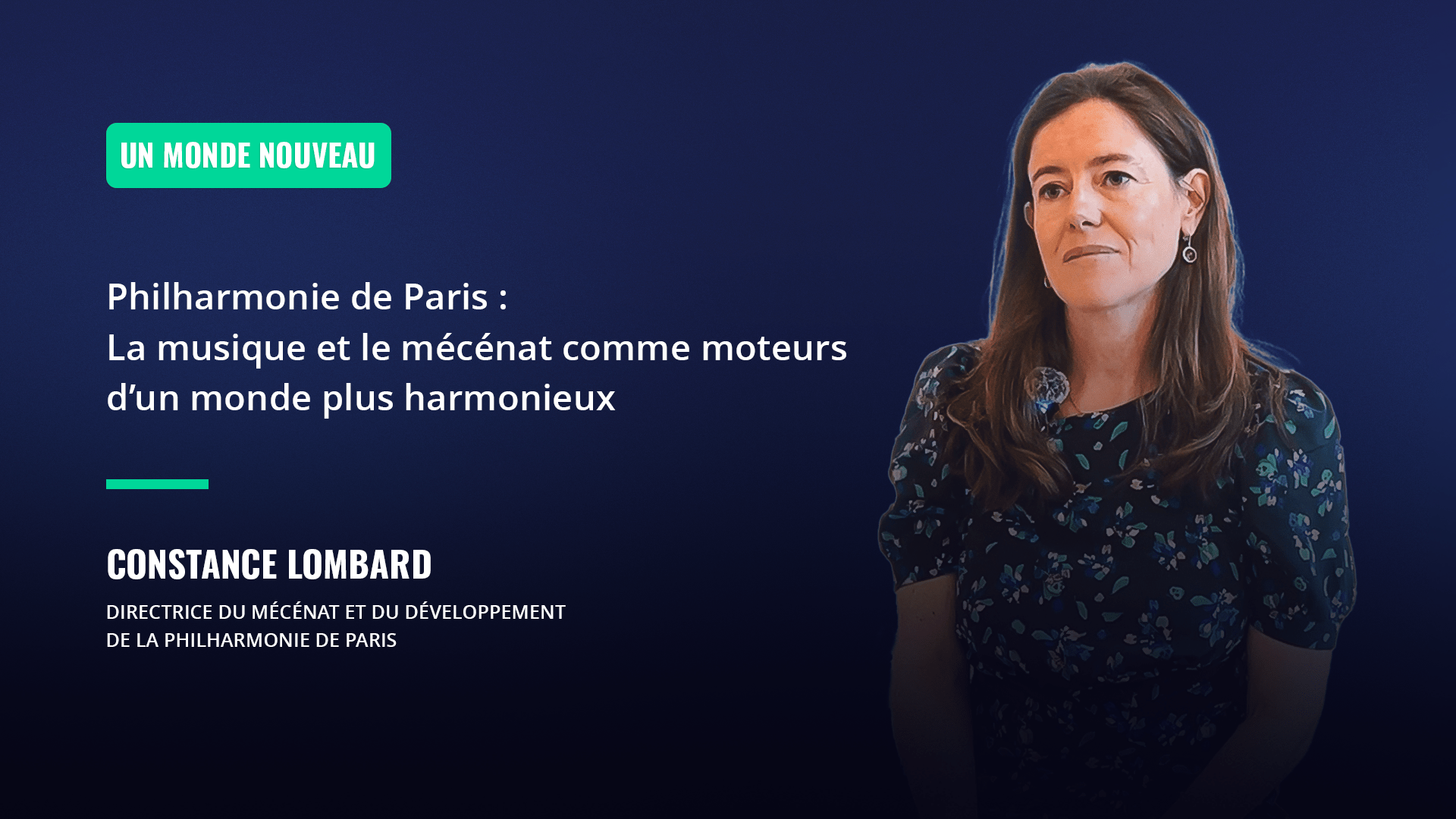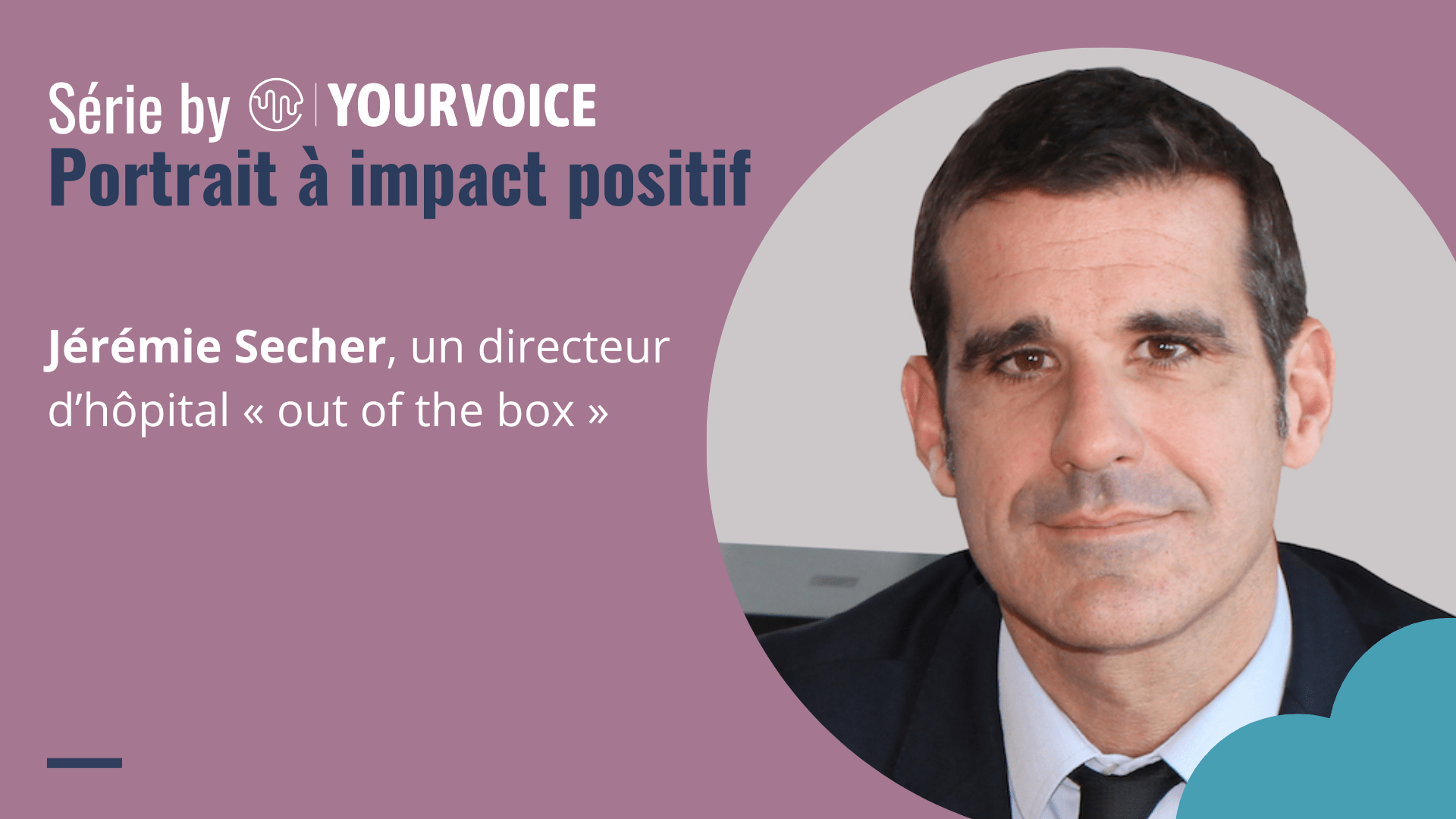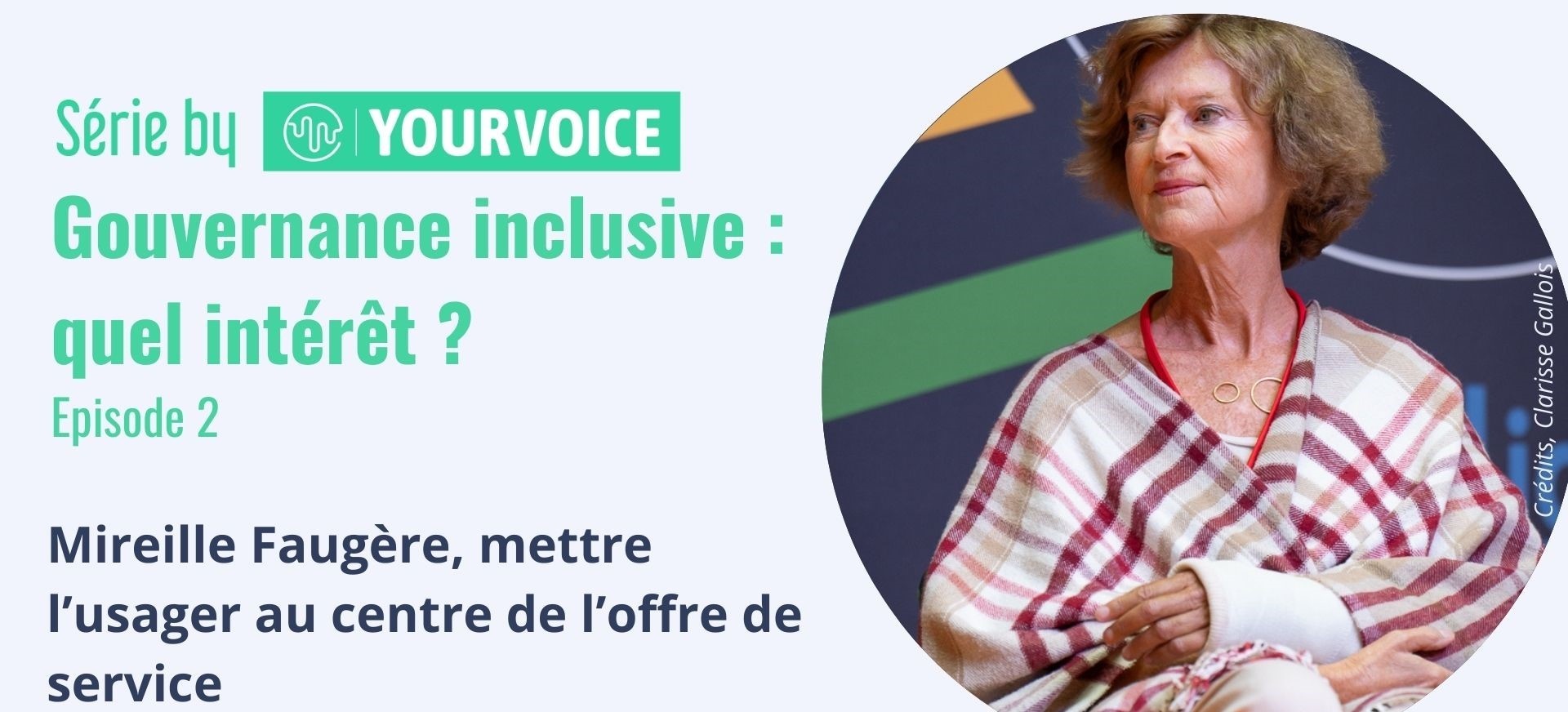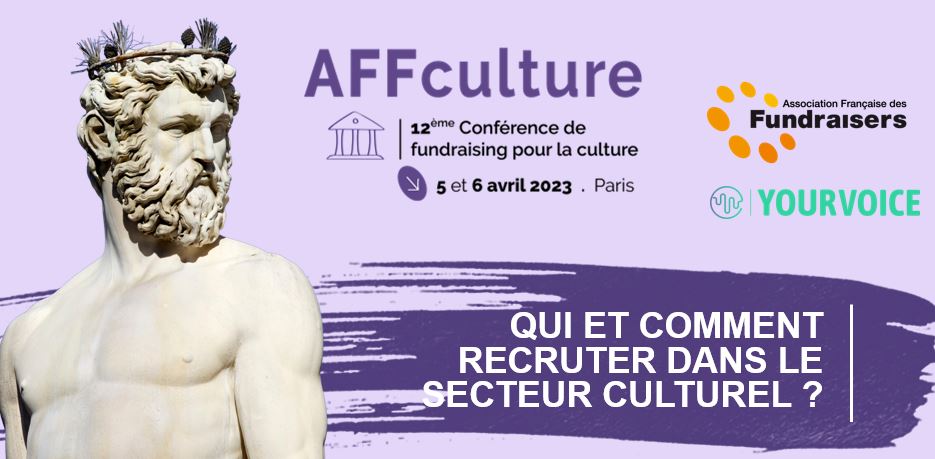
1. How has cultural fundraising fared since the health crisis?
The 12th Fundraising de la culture conference organized by the Association française des fundraisers in early April was an eagerly-awaited reunion for professionals. In the wake of the pandemic and the exceptional closures of cultural venues, we could legitimately have feared that the sector would be weary or slowed down in its development.
However, there are a number of optimistic factors to consider: 2022 was a good year in terms of attendance at cultural venues, and particularly museums: +170% for the Louvre, an all-time record for the Château de Chantilly with 445,000 visitors, a 4% increase on 2019 for the MUCEM and the Centre national du costume de scène de Moulins. Similarly,the generosity of the French continued in 2021: of the €2.9 billion in donations made, €112.7 million was earmarked for culture, an increase of 55% on 2020.
Albin Gaudaire, Head of Corporate Relations at the Association pour le rayonnement de l'Opéra de Paris, assures us that the Covid-19 crisis has had no negative impact on cultural fundraising, thanks to the patrons and partners "who have remained by our side, as well as with other cultural institutions where they have shown exemplarity".
He also points out that he has observed "a strong revival of interest on the part of fundraisers and, above all, companies" who are interested in crossover patronage, i.e. projects that combine culture with social issues in favor of the development of artistic education projects. Constance Lombard, head of the patronage department at the Réunion des Musées nationaux Grand Palais, confirms this state of mind and insists that fundraisers' morale remains high.
Given the current economic situation, are there any fears that donors and sponsors might withdraw?
Constance Lombard considers this threat to be low. In her view, it's common to think of culture as a sector that is sidelined when the economy is bad, but in reality this is not the case. By way of illustration, the Ministry of Culture's budget has been increased by 9% to €4.1 billion in 2022 and €4.2 billion in 2023.
On the other hand, Constance Lombard points to a sharp increase in financing requests, which is heightening competition in an already highly competitive sector. This situation has a direct impact on human resources, with a growing need for employees - a point we'll address in Part Two.
Despite this positive feedback, it's important to remember that culture remains a sector under pressure, with limited financial resources, still dependent on donors and sponsors, and where there are major disparities between structures and sectors in terms of recognition, financial support and level of professionalization.
The growing need for fundraisers necessarily means recruiting new talent. Faced with new employee expectations and the imperatives of the sector, institutions need more than ever to be aware of the need to build recruitment strategies that will attract and retain employees.
2. How can cultural organizations adapt their recruitment strategies?
Today's recruitment market is at a crossroads between an increase in executive recruitment and rising employee expectations regarding working conditions (particularly among the younger generation).
Despite all the debate about these new expectations, we are far from experiencing a real revolution. This is one of the lessons learned from the study conducted by UDES and Viavoice, published in March 2023, on French perceptions of the SSE and the quest for meaning. The results show that for young people (aged 18-24), the criteria for an attractive job were first and foremost salary, then interest in the position, and finally opportunities for advancement.
Remuneration and the reputation of an institution are still important factors in the attractiveness of a position, but they can also have certain limitations when it comes to retaining employees.
Not all institutions face the same recruitment realities. Participants at the Conférence fundraising de la culture reported real difficulties in recruiting due to the low number of applications received. On the other hand, Constance Lombard and Albin Gaudaire claim to have received numerous responses to their most recent recruitments.
Despite these differences, the players are unanimous: candidates' expectations and behavior have changed. Some candidates start a recruitment process out of curiosity, to find out about the market context or what they can offer, without feeling committed to the process. Other candidates adopt a "consumer" posture, with increasing demands on working conditions.
More generally, Constance Lombard points to an upward trend in salaries for a profession that is "still developing", with the number of positions growing steadily, supported by the ease of moving from the private to the public sector (and vice versa). In addition, it should be pointed out that few people are trained in the fundraising profession, so the principle of supply and demand is favorable to candidates.
On the other hand, a common problem persists: employee loyalty.
Albin Gaudaire reports a highturnover of employees, most of whom are aged between 25 and 35. They are looking for greater responsibility and autonomy, which is not always possible within structured, hierarchical organizations. As a manager, the imperative is to be able to respond to these demands by finding a management style that fits in with the organization. More generally, the new generation is looking for new ways of working that go beyond telecommuting: less vertical, less stratified management, more autonomy, more trust...
Some recruiters still rely on the name of their institution as the sole element of attractiveness, but for Constance Lombard "the name alone is no longer enough to attract, the main driving force is the quality of the project to be carried out and the opportunities for development within the structure.
Far from being a foregone conclusion, employee loyalty must be addressed upstream of recruitment, right from the creation of the job description, which must present: the main tasks, the skills and qualities expected as a priority, and the candidate's career path. Defining these elements in concrete terms will enable recruiters to present them at the very first interviews, and thus give an idea of the opportunities offered by the position.
Finally, another solution can, and should, be considered: open up recruitment to candidates with neither fundraising nor cultural backgrounds.
Marketing professionals, account managers or product managers in the commercial sector often present interesting profiles for the fundraiser profession, thanks to their expertise in community animation or communications. What's more, many of these candidates are looking to breathe new life into their careers by working for the common good.
Thanks to the loyalty of donors and patrons, cultural fundraising has been doing well since the end of the health crisis. However, in a sector where significant inequalities remain, fundraising has become a particularly competitive issue due to growing financial needs. This situation is forcing organizations to strengthen their teams by recruiting new staff. Here again, inequalities can be seen between organizations that recruit easily and those with few advert returns. On the other hand, they all share a common problem: employee loyalty.
This challenge, correlated with the vitality of the job market, obliges recruiters to put in place a recruitment plan that can both identify priorities and project the future employee's development within the company. Finally, this situation also invites recruiters to broaden their search and offer their organization the possibility of enriching itself with different profiles and personalities.
Keep up to date with all YourVoice media news!
